Instruction
What golfers can learn from NCAA March Madness
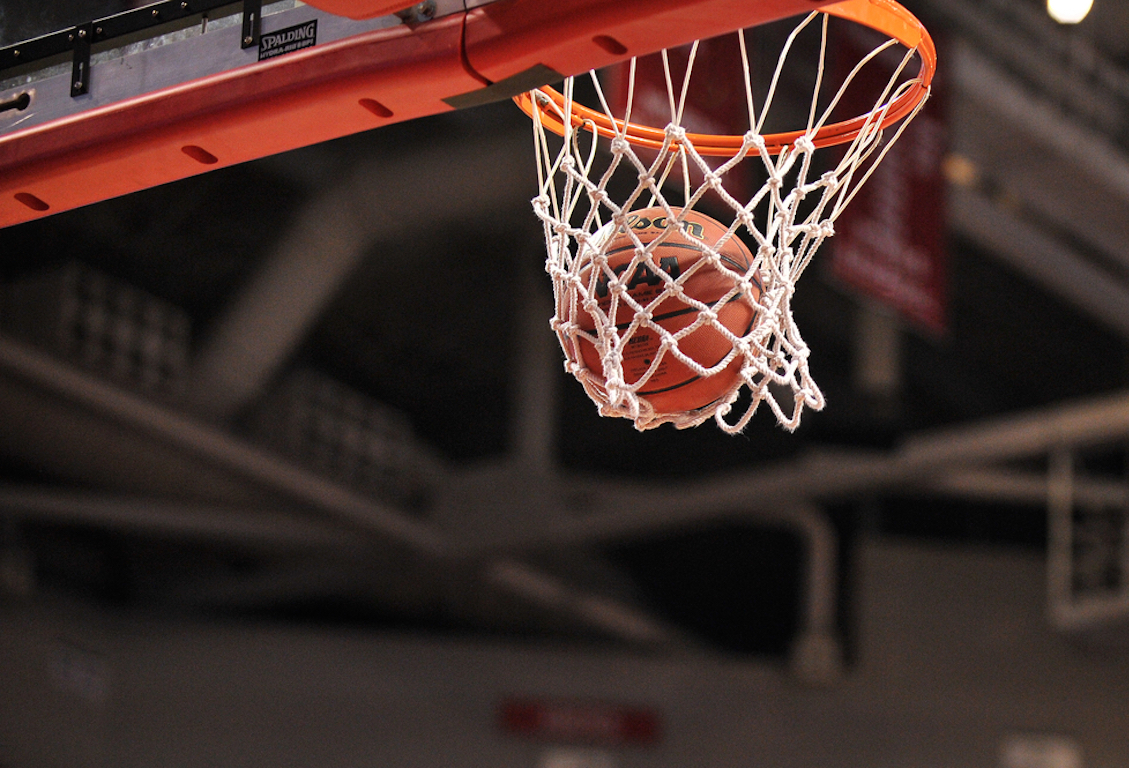
Golfers can absolutely learn from the buzzer beaters and crazy finishes that are sure to happen over the next few weeks at the March Madness basketball tournament.
In golf, like in basketball, you must learn to “score the ball” when the game or tournament is on the line.
For the players competing in March Madness, the pressure is at an all-time high, especially as time winds down in the games and their season hangs in the balance — but those moments aren’t new to them.
Hoops coaches often simulate pressure moments in practice, teaching players how to deal with scoring situations that arise during the final moments of a game. I am a huge fan of Duke Head Coach Mike Krzyzewski and have read several of Coach K’s books. He likes to set up creative pressure conditions for his players to react to, thereby ingraining the correct response come game time.
One time in practice, he set the scoreboard timer for 2 minutes and turned his three-point shooters loose trying to beat a target score. When they beat that, Coach K increased the target total, pushing his team to make as many three’s as possible in two minutes. Similarly, a basketball coach may put 10 seconds on the clock in practice, and have the offense run suicides if they don’t score the “winning shot” in time. These tactics prepare players for the heat of competition, and instill the ability to score as the pressure increases and the game is on the line!
This type of preparation for pressure moments can be useful in your golf practice sessions as well.
Golfers these days do not practice the way we did when I was younger. I can remember having chipping and putting contests with the other kids at my club in St. Louis. I grew up with the Haas and Goalby kids, and I can tell you no one wanted to lose. These were battles for candy bars and sodas and there was a lot of smack talk and chirping going on in every contest.
I don’t see that going on anymore. I do not see our members out there competing during practice, nor do I see any of the kids — not even my academy kids — doing this. I have to provoke the competition by telling them, “How about you two have a contest?”
I encourage golfers to gin up practice-area games with their buddies and play for something meaningful. Not only does that build some pressure, but it makes golfers focus, and will start to “pressure proof” your putting and short game. The old saying, “The hotter the fire the harder the steel,” surely applies here.
Brenden Steele and Keegan Bradley have a standing game of H-O-R-S-E on the putting green during practice rounds at PGA Tour events. I can tell you from watching lots of their competitions, although they’re friendly with each other, they DO NOT like to lose.
I had a player several years ago, who I was working with on the PGA Tour, and we used to have heated contests during practice. One time, we were on the back of the range at the TPC Stadium course working on wedge play. It became so intense that the last competition of the day required us to precisely measure the final shot to determine the winner — that’s how serious it was! Everyone needs more of this in their practice sessions.
When you practice, make up your own mini tournaments
Just like every other kid that went on to play professional golf, I would have practice sessions that were imaginary rounds at major championships. Throughout the years, I have won the Masters at least 23 times, as well as several dozen U.S. Opens, making me the greatest imaginary major champion of all time!
The point is, you should put added pressure on yourself during practice by setting up a challenge such as, “I have four holes to go and have a one shot lead and have to get it up and down from these four spots to beat Tiger Woods and Jack Nicklaus.”
In golf, a chip-in, pitch-in or hole-out from the bunker can play like a three pointer in basketball. It is a big shot and can give you a big boost during the round. So don’t be afraid to give it a “fist pump” when you succeed in these imaginary showdowns.
Your mind cannot tell the difference between an experience that is real and imagined if the experience is intense enough to get your full attention. So go through your full routine and make it as real as possible.
Try to practice making the final putt to win a major or your club championship or for all the skins, with some consequence for missing (doing the dishes, maybe). This simulates game-like pressure, so when you have a chance to win the game, or win the tournament, it won’t be your first time taking the shot or hitting the putt.
When you see a buzzer beater in the Men’s Basketball Championship tournament in the coming weeks, you’ll know that they’ve made that shot countless times in practice over the years. If you practice in pressure-packed situations on the golf course, you too will feel comfortable when a golf match is on the line.
My concluding thought is that there is an art to scoring in golf. It is a knack that you learn through the stress of practice and competition against others. We are so wrapped up in golf swing these days we forget that the objective is to “score the ball.” So make it a point this spring to work on this via great head-to-head battles with players you challenge!
Share your favorite head-to-head contest stories here — when you squared off with your buddies on the practice green or short game area. It is your chance to chirp about a victory!
- LIKE18
- LEGIT11
- WOW5
- LOL0
- IDHT0
- FLOP0
- OB0
- SHANK0
Instruction
Clement: Laid-off or perfect fade? Across-the-line or perfect draw?

Some call the image on the left laid off, but if you are hitting a fade, this could be a perfect backswing for it! Same for across the line for a draw! Stop racking your brain with perceived mistakes and simply match backswing to shot shape!
- LIKE0
- LEGIT0
- WOW0
- LOL0
- IDHT0
- FLOP0
- OB0
- SHANK1
Instruction
The Wedge Guy: The easiest-to-learn golf basic

My golf learning began with this simple fact – if you don’t have a fundamentally sound hold on the golf club, it is practically impossible for your body to execute a fundamentally sound golf swing. I’m still a big believer that the golf swing is much easier to execute if you begin with the proper hold on the club.
As you might imagine, I come into contact with hundreds of golfers of all skill levels. And it is very rare to see a good player with a bad hold on the golf club. There are some exceptions, for sure, but they are very few and very far between, and they typically have beat so many balls with their poor grip that they’ve found a way to work around it.
The reality of biophysics is that the body moves only in certain ways – and the particulars of the way you hold the golf club can totally prevent a sound swing motion that allows the club to release properly through the impact zone. The wonderful thing is that anyone can learn how to put a fundamentally sound hold on the golf club, and you can practice it anywhere your hands are not otherwise engaged, like watching TV or just sitting and relaxing.
Whether you prefer an overlap, interlock or full-finger (not baseball!) grip on the club, the same fundamentals apply. Here are the major grip faults I see most often, in the order of the frequency:
Mis-aligned hands
By this I mean that the palms of the two hands are not parallel to each other. Too many golfers have a weak left hand and strong right, or vice versa. The easiest way to learn how to hold the club with your palms aligned properly is to grip a plain wooden ruler or yardstick. It forces the hands to align properly and shows you how that feels. If you grip and re-grip a yardstick several times, then grip a club, you’ll see that the learning curve is almost immediate.
The position of the grip in the upper/left hand
I also observe many golfers who have the butt of the grip too far into the heel pad of the upper hand (the left hand for right-handed players). It’s amazing how much easier it is to release the club through the ball if even 1/4-1/2″ of the butt is beyond the left heel pad. Try this yourself to see what I mean. Swing the club freely with just your left hand and notice the difference in its release from when you hold it at the end of the grip, versus gripping down even a half inch.
To help you really understand how this works, go to the range and hit shots with your five-iron gripped down a full inch to make the club the same length as your seven-iron. You will probably see an amazing shot shape difference, and likely not see as much distance loss as you would expect.
Too much lower (right) hand on the club
It seems like almost all golfers of 8-10 handicap or higher have the club too far into the palm of the lower hand, because that feels “good” if you are trying to control the path of the clubhead to the ball. But the golf swing is not an effort to hit at the ball – it is a swing of the club. The proper hold on the club has the grip underneath the pad at the base of the fingers. This will likely feel “weak” to you — like you cannot control the club like that. EXACTLY. You should not be trying to control the club with your lower/master hand.
Gripping too tightly
Nearly all golfers hold the club too tightly, which tenses up the forearms and prevents a proper release of the club through impact. In order for the club to move back and through properly, you must feel that the club is controlled by the last three fingers of the upper hand, and the middle two fingers of the lower hand. If you engage your thumbs and forefingers in “holding” the club, the result will almost always be a grip that is too tight. Try this for yourself. Hold the club in your upper hand only, and squeeze firmly with just the last three fingers, with the forefinger and thumb off the club entirely. You have good control, but your forearms are not tense. Then begin to squeeze down with your thumb and forefinger and observe the tensing of the entire forearm. This is the way we are made, so the key to preventing tenseness in the arms is to hold the club very lightly with the “pinchers” — the thumbs and forefingers.
So, those are what I believe are the four fundamentals of a good grip. Anyone can learn them in their home or office very quickly. There is no easier way to improve your ball striking consistency and add distance than giving more attention to the way you hold the golf club.
More from the Wedge Guy
- The Wedge Guy: Golf mastery begins with your wedge game
- The Wedge Guy: Why golf is 20 times harder than brain surgery
- The Wedge Guy: Musings on the golf ball rollback
- LIKE88
- LEGIT15
- WOW6
- LOL1
- IDHT0
- FLOP4
- OB1
- SHANK8
Instruction
Clement: Stop ripping off your swing with this drill!

Not the dreaded headcover under the armpit drill! As if your body is defective and can’t function by itself! Have you seen how incredible the human machine is with all the incredible feats of agility all kinds of athletes are accomplishing? You think your body is so defective (the good Lord is laughing his head off at you) that it needs a headcover tucked under the armpit so you can swing like T-Rex?
- LIKE0
- LEGIT3
- WOW2
- LOL0
- IDHT0
- FLOP0
- OB0
- SHANK2
-

 19th Hole2 weeks ago
19th Hole2 weeks agoJustin Thomas on the equipment choice of Scottie Scheffler that he thinks is ‘weird’
-

 19th Hole2 weeks ago
19th Hole2 weeks ago‘Absolutely crazy’ – Major champ lays into Patrick Cantlay over his decision on final hole of RBC Heritage
-

 19th Hole3 weeks ago
19th Hole3 weeks agoBrandel Chamblee has ‘no doubt’ who started the McIlroy/LIV rumor and why
-
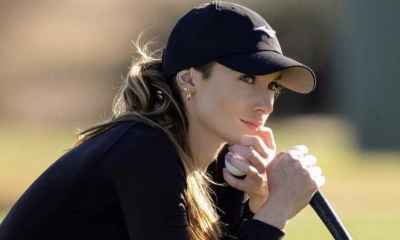
 19th Hole2 weeks ago
19th Hole2 weeks agoLET pro gives detailed financial breakdown of first week on tour…and the net result may shock you
-

 Equipment3 weeks ago
Equipment3 weeks agoJason Day on his recent switch into Srixon ZX5 and ZX7 Mk II irons
-
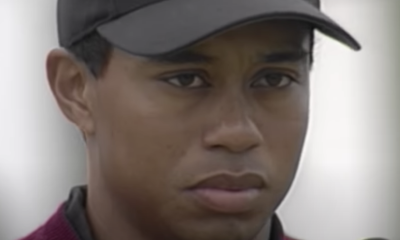
 19th Hole6 days ago
19th Hole6 days agoGary Player claims this is what ‘completely ruined’ Tiger Woods’ career
-
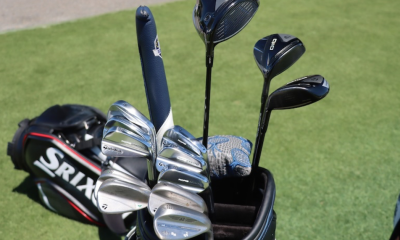
 Whats in the Bag1 week ago
Whats in the Bag1 week agoTeam McIlowry (Rory McIlroy, Shane Lowry) winning WITBs: 2024 Zurich Classic
-

 19th Hole7 days ago
19th Hole7 days agoLIV star splits with swing coach after working together for 14 years

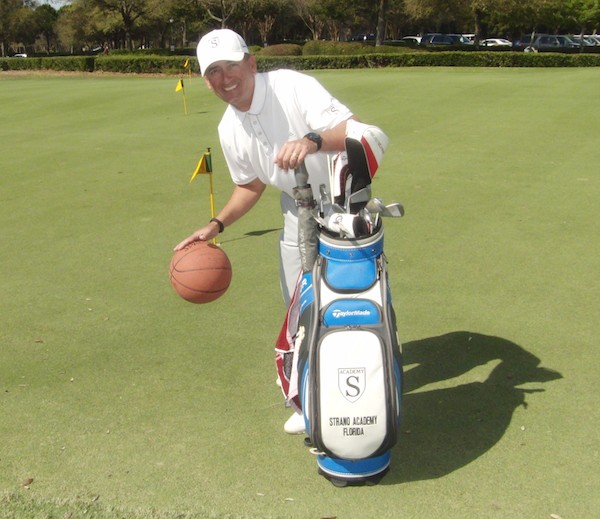










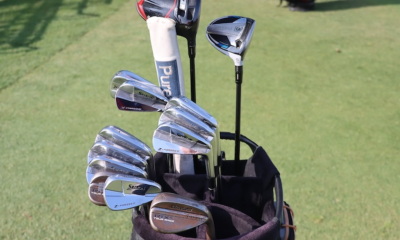

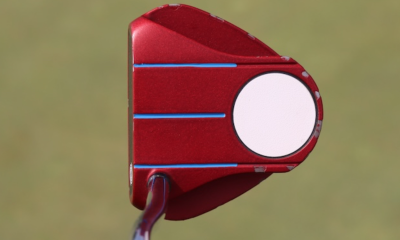

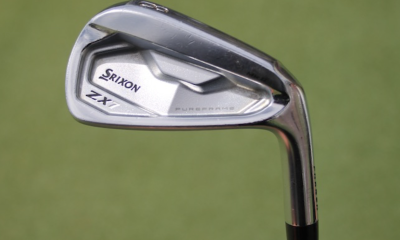

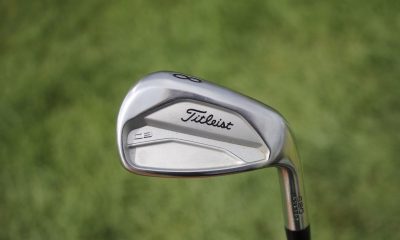

allen
Mar 19, 2015 at 2:36 pm
M Sizzle, scoring average is better because of equipment, not practice habits now. You should know that.